Ever wonder why some people seem to know exactly what they ate today, yesterday, and three weeks ago on Tuesday?
They’re not just food obsessives (well, some are) – they’re meal trackers.
And while writing down everything you eat might sound like a one-way ticket to Obsession Town, it turns out meal tracking is one of the most powerful tools for improving your metabolic health.
Let me walk you through why tracking what goes in your mouth matters, how to do it without driving yourself crazy, and the best tools to make it happen.

Why Track Your Meals For Better Metabolic Health
Let’s start with the big question: Why bother tracking what you eat?
It makes the invisible visible
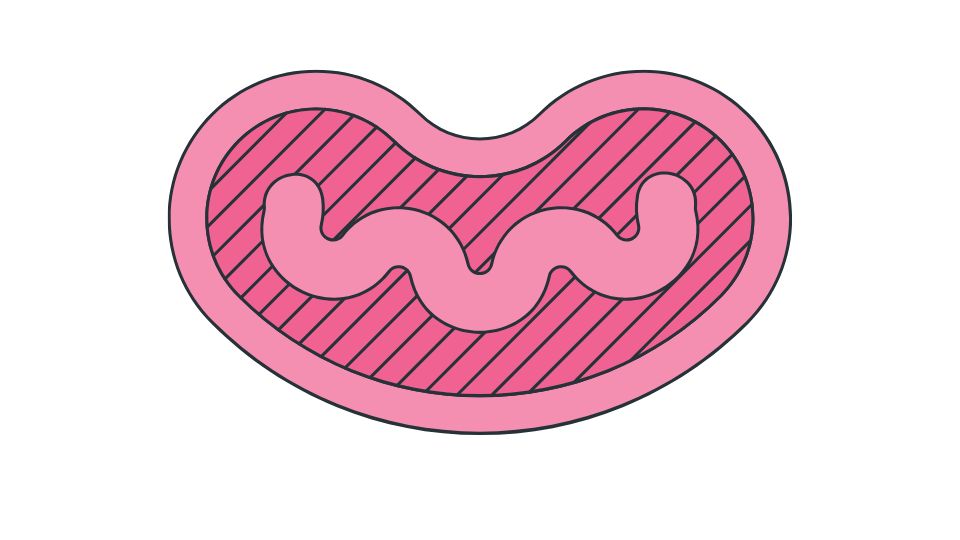
Most of us have no idea what we actually eat.
We underestimate our portions, forget about that handful of M&Ms we grabbed from the office candy jar, and conveniently “don’t count” the bites we take off our kid’s plates.
Research shows that people routinely underestimate their calorie intake by 30-50%. That’s like thinking you’re eating 2,000 calories when you’re really eating 3,000!
Tracking forces you to acknowledge what’s actually going in your mouth. And that awareness alone can lead to better choices.
It helps you connect dots between food and how you feel
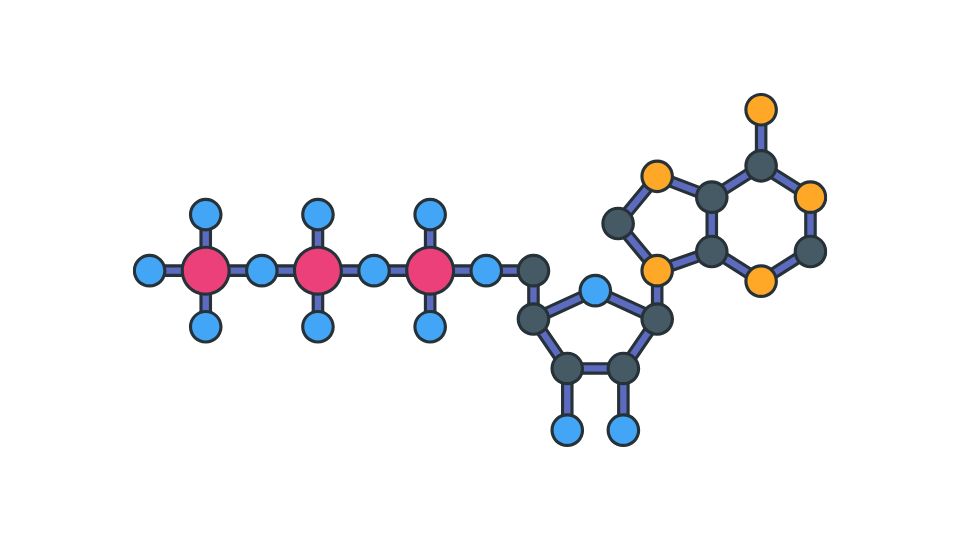
Ever feel like garbage after lunch but have no idea why? Or wonder why your energy tanks at 3pm every day?
When you track your meals, you can start spotting patterns:
- That afternoon slump might be from the giant sandwich and chips you had at lunch
- Your evening heartburn might be connected to those spicy tacos
- Your Monday morning brain fog might be from those Sunday night cocktails
It makes weight management way easier
If you’re trying to lose weight, meal tracking is like having a cheat code.
People who track their food consistently lose more weight than those who don’t. In one study, the most consistent food trackers lost twice as much weight as those who tracked sporadically.
It reveals your emotional eating patterns
You might discover you dive into snacks when you’re:
- Stressed about work deadlines
- Bored on weekends
- Procrastinating on a tough project
Seeing these patterns in black and white helps you develop better strategies for dealing with emotions than inhaling a bag of chips.
How To Track Your Meals Without Losing Your Mind
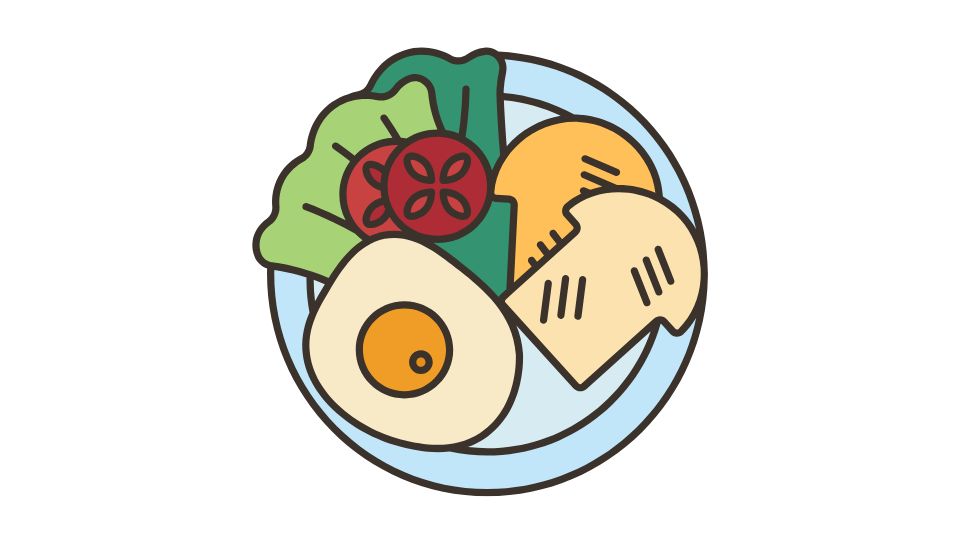
There are basically three approaches to meal tracking:
The Pen and Paper Method
The OG approach. Just write down what you eat in a notebook.
Pros:
- No technology required
- Forces you to slow down and be intentional
- No battery to die
Cons:
- No automatic calorie counting
- Easy to “forget” to log things
- Hard to analyze patterns
The App Method
Using an app like MyFitnessPal, Lose It!, or MyNetDiary to track everything.
Pros:
- Huge food databases
- Automatic calorie and macro counting
- Barcode scanners for packaged foods
- Pretty graphs and trend analysis
Cons:
- Can be time-consuming
- Sometimes feels like food math homework
- Easy to get obsessive about numbers
The Hybrid/AI Method
Using newer services that combine technology with human coaching.
Pros:
- Less work for you
- More personalized feedback
- Accountability from real humans
- Focus on habits over pure numbers
Cons:
- Usually costs money
- Still requires some effort on your part
The Best Tools For Meal Tracking
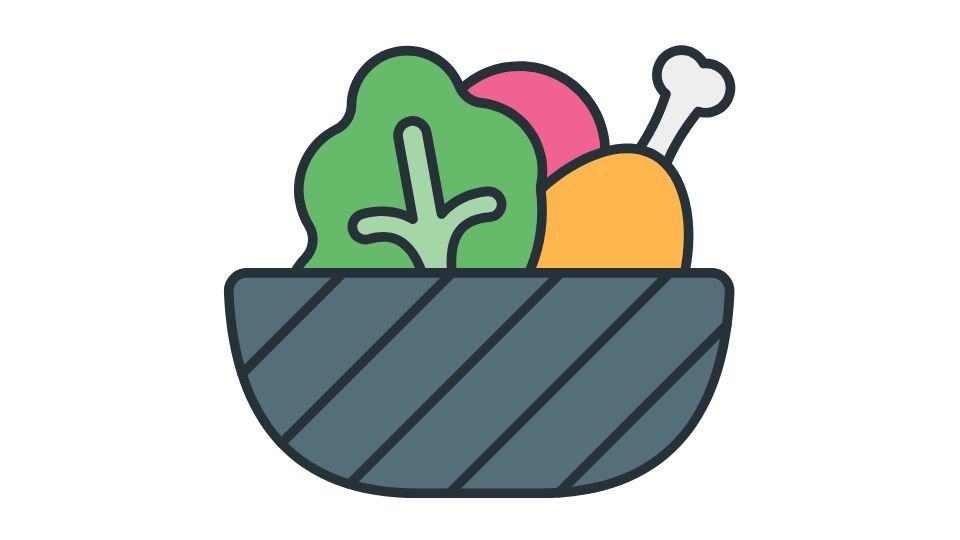
MyFitnessPal
The gorilla of food tracking apps. Over 11 million foods in their database, and you can scan barcodes of packaged foods.
Studies show consistent users of apps like MyFitnessPal lose significant weight compared to non-users.
Lose It!
Similar to MyFitnessPal but with a cleaner interface and some people find it more user-friendly.
The paid version includes meal planning and more detailed nutrient breakdowns, which can be helpful if you’re managing specific health conditions.
MyNetDiary
Great for diabetics as it has excellent blood sugar tracking features alongside food tracking.
One of the highest-rated nutrition apps for user satisfaction and ease of use.
Photo-Based Apps
Newer options like Ate and Foodvisor let you simply take photos of your meals rather than logging every ingredient.
Not as precise for calorie counting, but way less friction to use regularly, which means you might stick with it longer.
Time-Restricted Eating: A Powerful Partner to Meal Tracking
Want to supercharge your metabolic health? Combine meal tracking with time-restricted eating (TRE).
TRE means limiting your eating to a specific window each day, like 8 hours (e.g., 11am to 7pm). The rest of the time, you’re fasting.
Research shows that even without changing what you eat, simply changing when you eat can improve insulin sensitivity, reduce inflammation, and help with weight management.
Tracking your meals makes TRE easier because you’re already paying attention to your eating patterns.
How I’m Integrating Meal Tracking Into My Life
After trying every approach under the sun, here’s what works for me:
- Keep it simple – I track consistently but don’t obsess over hitting exact macro targets every day
- Focus on patterns, not perfection – I look for trends over weeks, not daily fluctuations
- Use technology wisely – I use apps for the heavy lifting but don’t let them rule my life
- Build in flexibility – I have systems for tracking even when life gets crazy (like eating out or traveling)
The goal isn’t to track your food forever – it’s to use tracking as a tool to learn about your body and build better habits.
Research confirms that even short periods of consistent tracking can lead to lasting habit changes.
In Summary
Meal tracking isn’t about food obsession or calorie neurosis – it’s about bringing awareness to one of the most important inputs to your health.
The best tracking method is the one you’ll actually use consistently. Whether that’s an app, a notebook, or sending photos to a coach, find what works for your lifestyle.
Remember, you’re not collecting data for data’s sake – you’re gathering insights to make better decisions about what, when, and how much to eat.
Start small, be consistent, and use what you learn to gradually improve your metabolic health. Your future self will thank you!



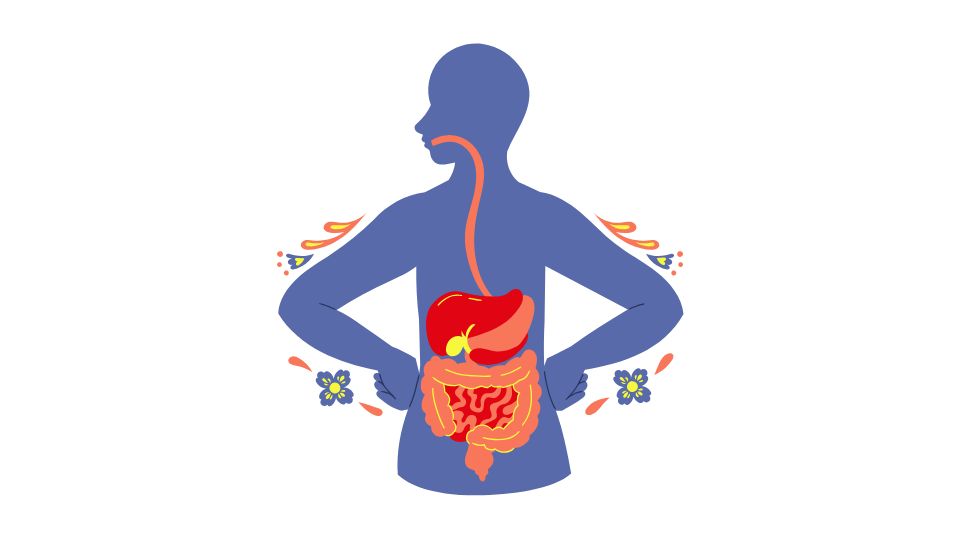
Leave a Reply